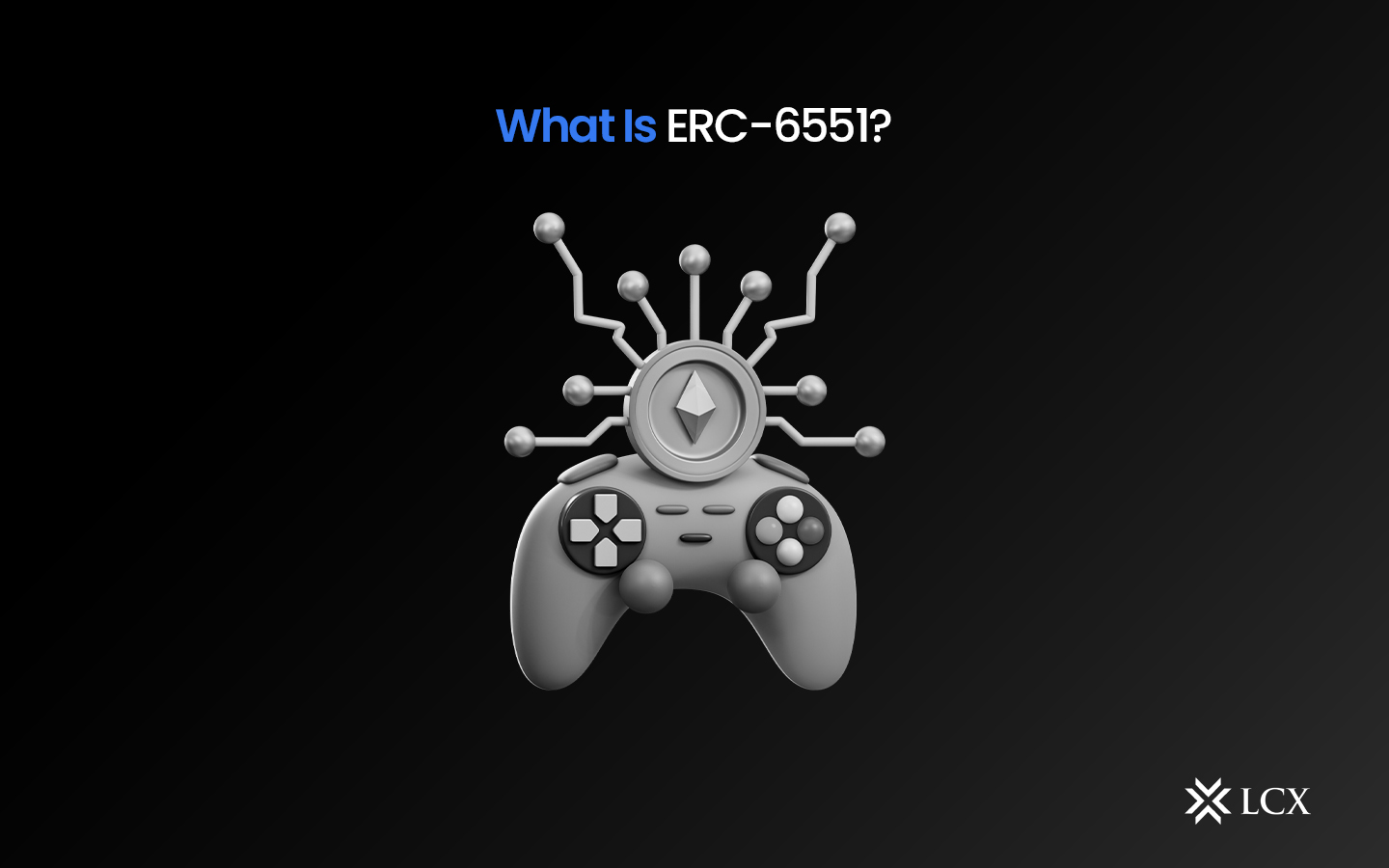With the introduction of the ERC-721 standard in 2017, Ethereum’s blockchain experienced a revolutionary advancement. This new standard paved the way for the tokenization of digital assets and transformed how we conceive of ownership of different blockchain assets. The ERC-721 standard enabled developers to construct NFTs that signify ownership of an exclusive digital asset. Artists, game designers, and content creators were now able to create and sell distinct, one-of-a-kind assets on the blockchain, which opened up an entirely new world of opportunities. The ERC-6551 standard is the most recent development in the world of non-fungible tokens, which is ever-changing.
This new standard is expected to transform the way we view NFTs by enabling potent new capabilities and features for blockchain-based digital assets. The core concept of this standard is “token-bound accounts.” This enables enhanced and engaging experiences for both collectors and creators of non-fungible tokens.
What is ERC-6551?
ERC-6551 is a new token standard intended to boost the world of non-fungible tokens. It’s similar to infusing the NFTs with strength and transforming them into smart contract wallets. So what precisely does that mean? This means that the NFTs can now store additional tokens and NFTs, just like a standard smart contract wallet. In addition, they may communicate with other smart contracts, which opens up a world of opportunities.
It is the latest addition to the Ethereum ecosystem, with its mainnet debut occurring on May 7, 2023. This new token standard significantly expands the possibilities of ERC-721 NFTs by allowing them to own assets, interact with web3 applications, and even function as the on-chain identity.
How Does ERC-6551 Strengthen NFTs?
With ERC-6551, the functionality of NFTs is significantly enhanced. They grow into more than ordinary ownership certificates for distinctive digital assets. Now they are able to engage actively in the blockchain ecosystem by interacting with smart contracts, possessing other tokens, and even symbolizing real-world entities. Additionally, it improves the security of NFTs. The token-bound accounts are recorded immediately on the blockchain, which makes them more resistant to hacking and theft. In addition, they provide enhanced interoperability by being functional with other blockchains, making them available to a broader audience of users.
These applications are vast in an era in which digital ownership and engagement are becoming increasingly essential. From gameplay to DeFi, authentication of identity, and the development of DApps, token-bound accounts can enhance user interfaces and enable new forms of digital interaction in a variety of ways.
ERC-6551’s Benefits Over ERC 721
Even though the ERC-721 standard has cleared the way for the widespread acceptance of NFTs and enabled a variety of use cases for blockchain-based digital assets. ERC-6551 aims to ease certain restrictions associated with ERC-721 NFTs. The provenance of ERC-721 NFTs is an inherent limitation. Even though they serve as an on-chain proof of ownership for digital items, this does not inherently guarantee a complete history of the asset. NFTs serve primarily as a link between the asset and its owner’s account, but they do not provide a comprehensive view of the asset’s past transactions or utility beyond the confirmation of ownership. NFTs frequently lack the adaptability that would allow them to connect with other smart contracts, thereby limiting their applications. In essence, an NFT’s efficacy is limited to that of a digital certificate of ownership that is unable to be extended or modified.
The ERC-721 token standard cannot function as on-chain agents or interact autonomously with other on-chain assets or contracts due to its current design. ERC-721 tokens have static JSON metadata, which reduces their adaptability and productivity. This metadata is utilized to store Uniform Resource Identifier (URI) identifiers, but it cannot store additional data or value. Consequently, NFTs are incapable of incorporating advanced security measures or additional functionality into the token itself. With the introduction of token-bound accounts (TBAs) via ERC-6551, NFTs can now become flexible and interactive assets without compromising the advantages of ERC-721.
Conclusion
As NFTs continue to evolve, the old token standard reveals its limitations, impeding progress. Here, ERC-6551 enters into play. It is intended to accelerate the dynamic and interactive evolution of all NFTs. Using token-bound accounts also grants ERC-721 NFTs the complete capabilities of an Ethereum account. In terms, the NFT’s address, it functions as a wallet.
ERC-721 NFTs paved the way for mainstream adoption and enabled fresh applications for blockchain assets; this cannot be disputed. However, they present numerous problems, including restricted background information, not having composability, and being excessively inert. This new standard addresses all of the above issues and more. Consequently, there will be more opportunities for innovation.










